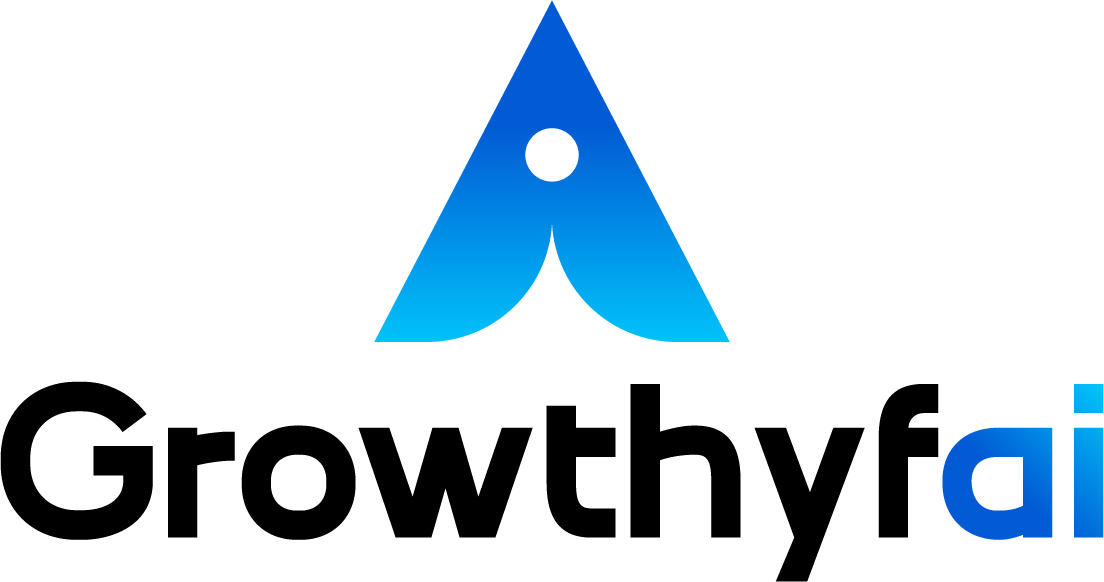-
 109
Gems
109
Gems
 101350
Points
101350
Points
🔹 Voiceflow vs Thinkstack AI — Basic Difference
1. Voiceflow
-
Main Purpose: Build AI voice/chat assistants (like Alexa skills, chatbots, customer support bots).
-
Best For: Designing conversation flows with drag-and-drop blocks (like flowcharts).
-
How It Works:
-
You set up prompts, responses, and conditions.
-
Can integrate with APIs, knowledge bases, and tools.
-
Mostly focused on designing the conversation experience.
-
-
Target Users: Product designers, support teams, companies making voice/chat assistants.
👉 Think of it as a tool to design how your chatbot talks (conversation builder).
2. Thinkstack AI
-
Main Purpose: Build AI chatbots for customer service & engagement without coding.
-
Best For: Quickly making bots that can handle FAQs, customer queries, and knowledge base answers.
-
How It Works:
-
You connect your documents, FAQs, or website.
-
AI trains on that data.
-
Customers can then chat with it to get answers.
-
-
Target Users: Businesses, startups, and individuals who want ready-to-use customer support AI bots.
👉 Think of it as a tool to make your chatbot smart with knowledge (data-focused).
⚡ Simple Analogy
-
Voiceflow = The Designer → You create the conversation flow (what the bot should say and when).
-
Thinkstack = The Brain → It gives your bot knowledge and smart responses from your data.
✅ If you’re a beginner:
-
Use Thinkstack AI if you just want a quick bot for customer support.
-
Use Voiceflow if you want to design more complex conversations or experiment with voice/chat experiences.
JK, Rajesh P and 11 others7 Comments-
 59
Gems
59
Gems
 57240
Points
57240
Points
Good info Lipika
1-
 109
Gems
109
Gems
 101350
Points
101350
Points
@suni Thank you so much
1
-
-
 38
Gems
38
Gems
 34270
Points
34270
Points
What I feel is,Thinkstck is overpriced too. Nice post
-
 19
Gems
19
Gems
 13540
Points
13540
Points
This analogy really helps to see the difference clearly!
1-
 109
Gems
109
Gems
 101350
Points
101350
Points
@Rafiq Thanks
-
-
 21
Gems
21
Gems
 22400
Points
22400
Points
Nice post
-
 57
Gems
57
Gems
 56440
Points
56440
Points
good and helpful
-

